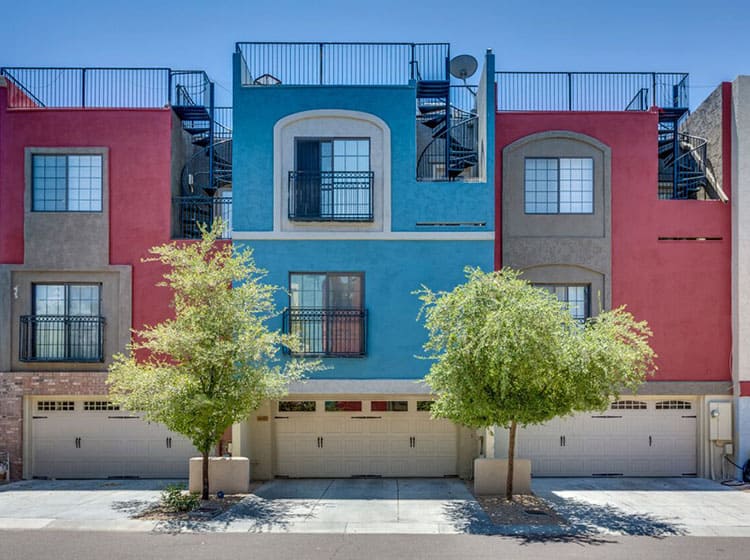Seasonal Factors In Business Outside Painting: Secret Insights You Should Be Aware Of
Seasonal Factors In Business Outside Painting: Secret Insights You Should Be Aware Of
Blog Article
Article Created By-Doherty Urquhart
When you're planning a business exterior paint project, seasonal variables can make or damage your outcomes. You'll wish to think about exactly how temperature level and moisture impact paint application and drying out times. Selecting the ideal season can guarantee your paint sticks correctly and lasts longer. However which periods are really the best for this kind of job? Allow's explore the crucial elements that can affect your job's success.
The Effect of Temperature on Paint Application
When you're planning a commercial outside paint task, the temperature can considerably affect exactly how well the paint sticks and dries.
Ideally, you wish to repaint when temperature levels range in between 50 ° F and 85 ° F. If it's also cold, the paint might not treat properly, leading to issues like peeling or splitting.
On the flip side, if it's also hot, the paint can dry too swiftly, protecting against appropriate adhesion and leading to an unequal coating.
interior painting should additionally consider the moment of day; early morning or late afternoon uses cooler temperature levels, which can be a lot more positive.
Always check the maker's referrals for the specific paint you're utilizing, as they frequently provide advice on the optimal temperature range for optimal results.
Humidity and Its Result on Drying Times
Temperature level isn't the only environmental aspect that affects your business outside painting task; humidity plays a significant role as well. High moisture degrees can reduce drying times dramatically, impacting the total top quality of your paint task.
When the air is saturated with wetness, the paint takes longer to cure, which can result in issues like poor bond and a higher threat of mildew growth. If you're painting on a particularly humid day, be prepared for extensive delay times in between coats.
It's vital to check neighborhood weather and plan as necessary. Ideally, aim for humidity levels between 40% and 70% for ideal drying out.
Keeping these factors in mind guarantees your task remains on track and supplies a long lasting surface.
Best Seasons for Commercial Exterior Painting Projects
What's the most effective season for your commercial exterior painting jobs?
Spring and early fall are commonly your best bets. Throughout these periods, temperatures are light, and humidity levels are commonly reduced, developing optimal conditions for paint application and drying.
Avoid summer's intense heat, which can cause paint to completely dry as well quickly, leading to bad attachment and coating. Similarly, winter's cold temperatures can prevent correct drying and treating, taking the chance of the durability of your paint task.
Aim for days with temperatures in between 50 ° F and 85 ° F for optimal results. Remember to examine the regional weather report for rain, as damp problems can spoil your task.
Planning around https://www.housedigest.com/996398/how-to-sponge-paint-your-wall/ ensures your painting project runs efficiently and lasts longer.
Conclusion
To conclude, planning your business external painting projects around seasonal considerations can make a considerable distinction in the result. By organizing work throughout the ideal temperature levels and humidity degrees, you'll make sure far better adhesion and drying out times. Bear in mind to keep an eye on neighborhood weather prediction and select the right time of year-- springtime and early autumn are your best bets. Taking these actions will assist you attain a durable and professional finish that lasts.
